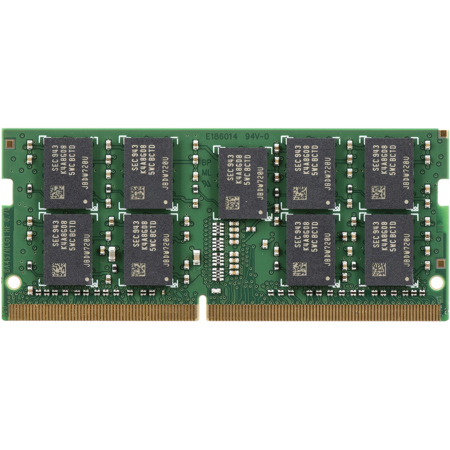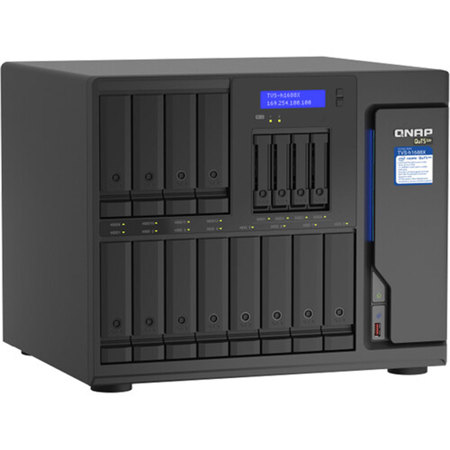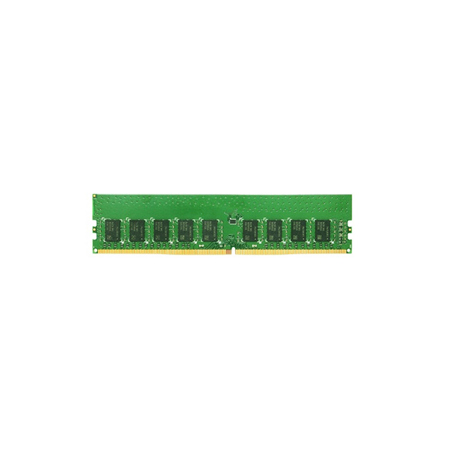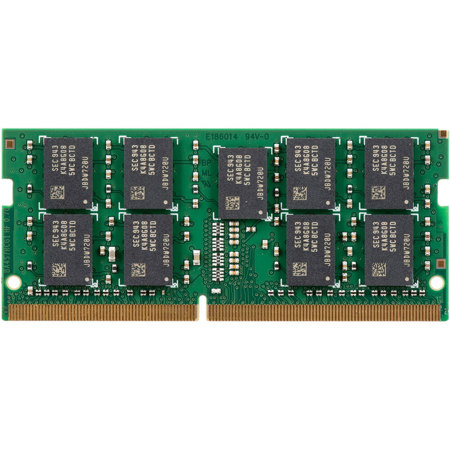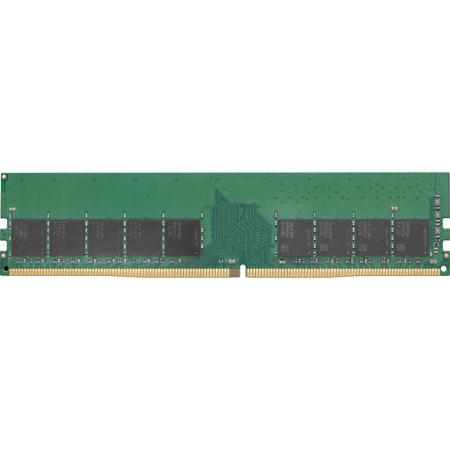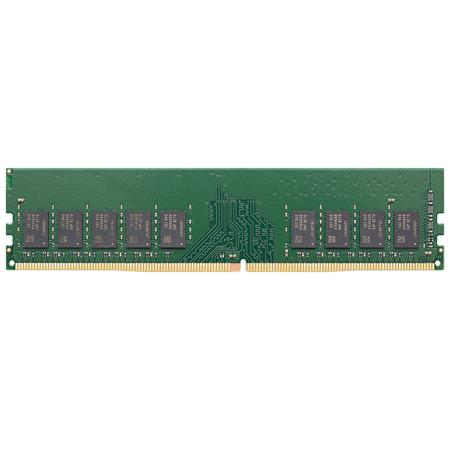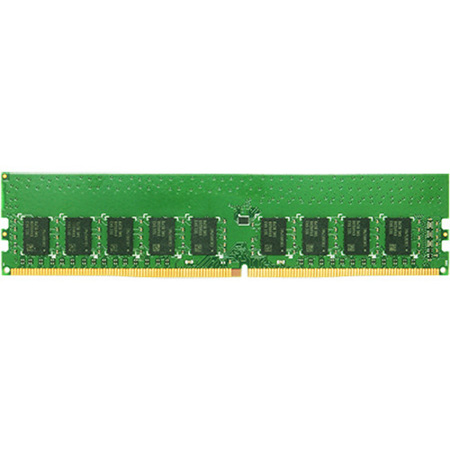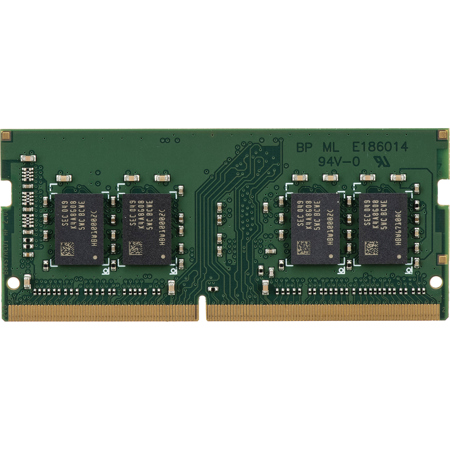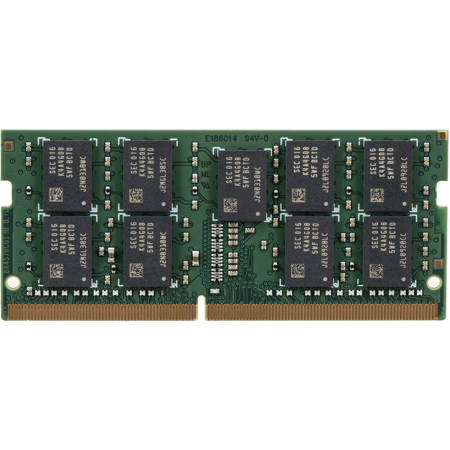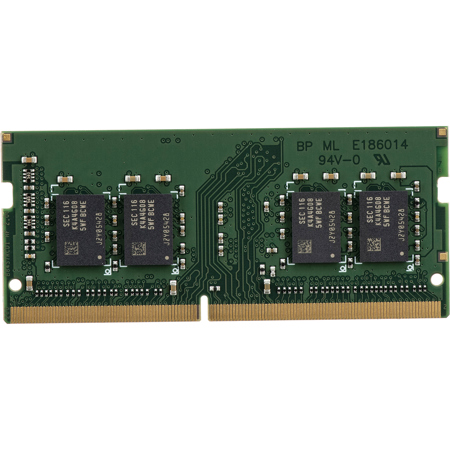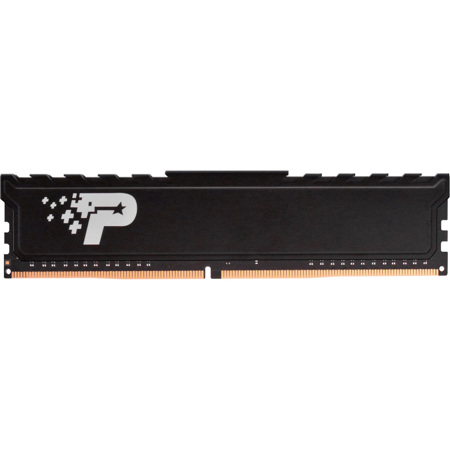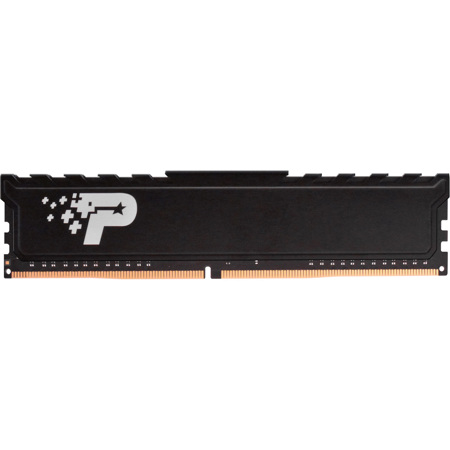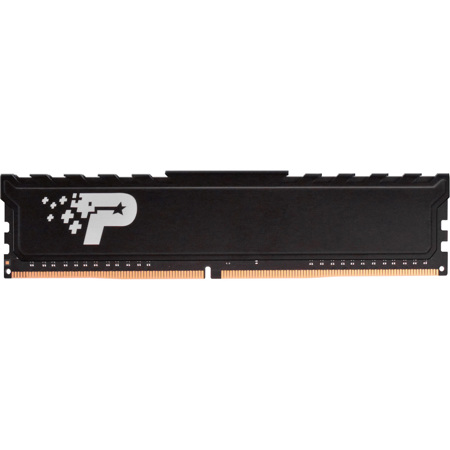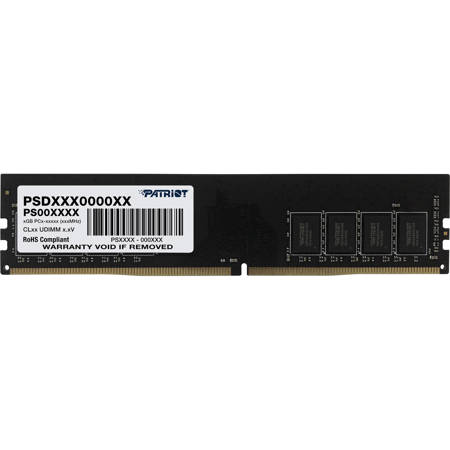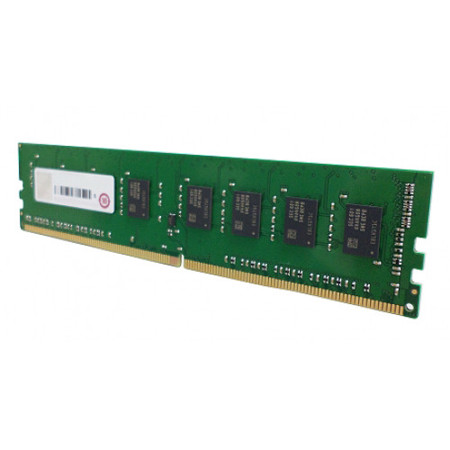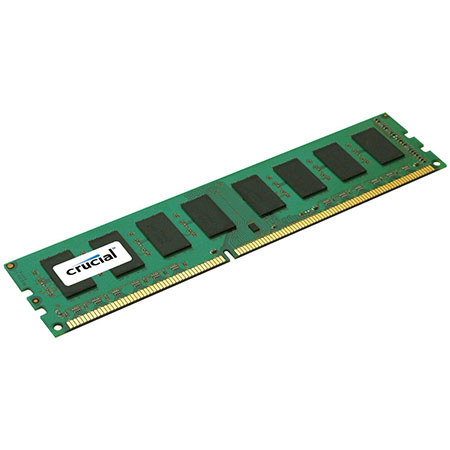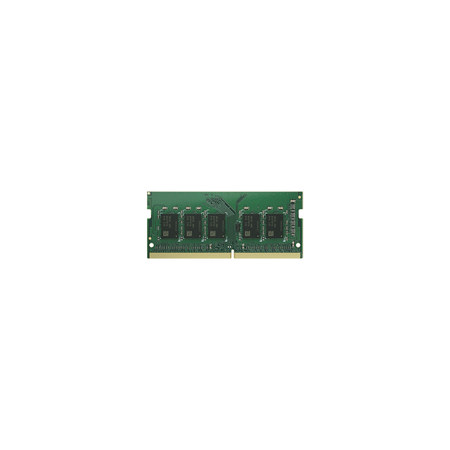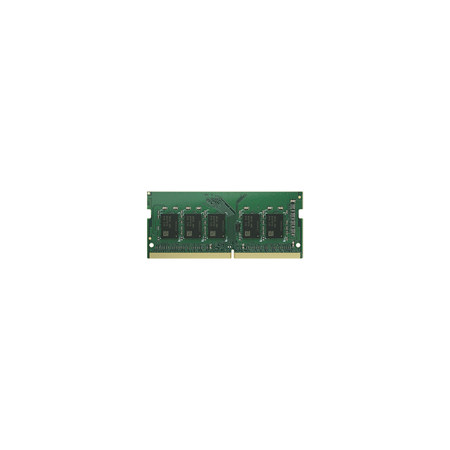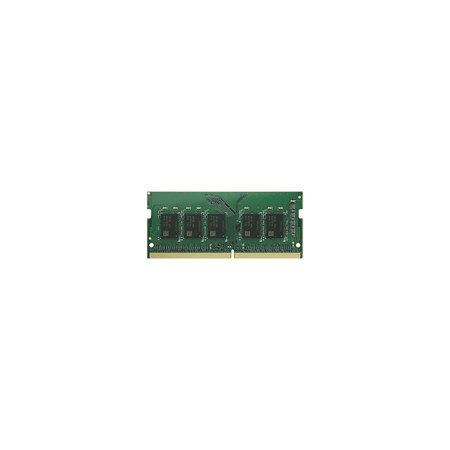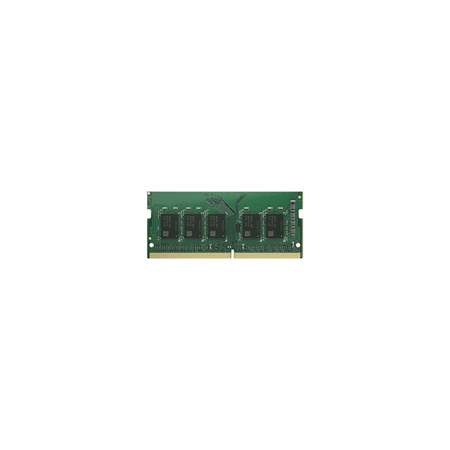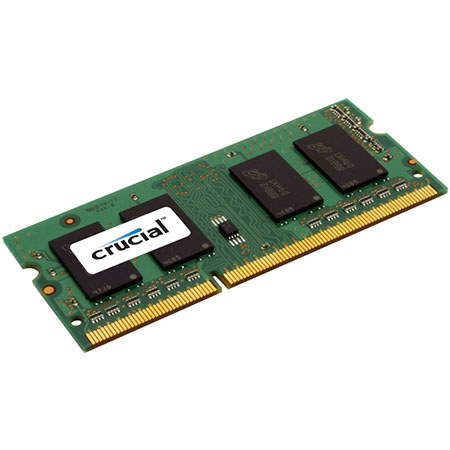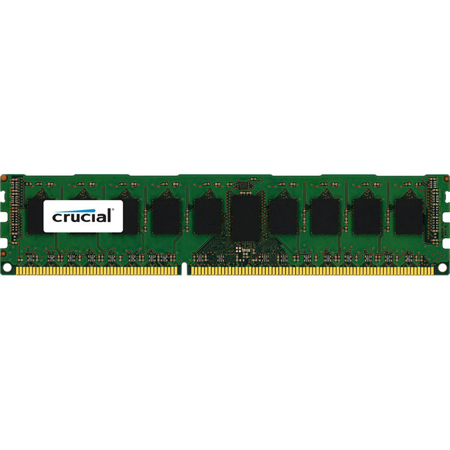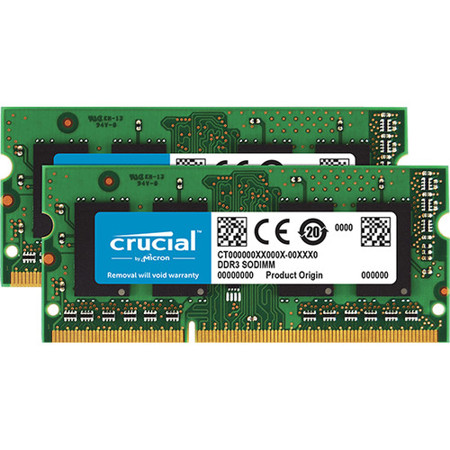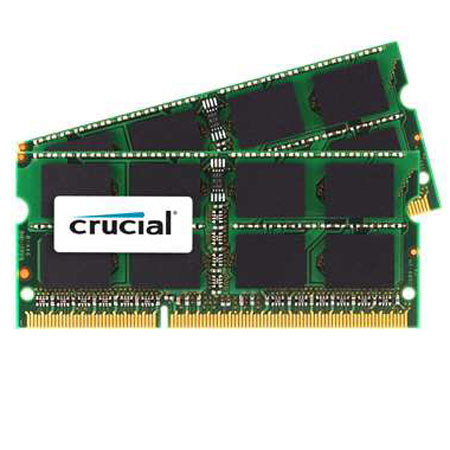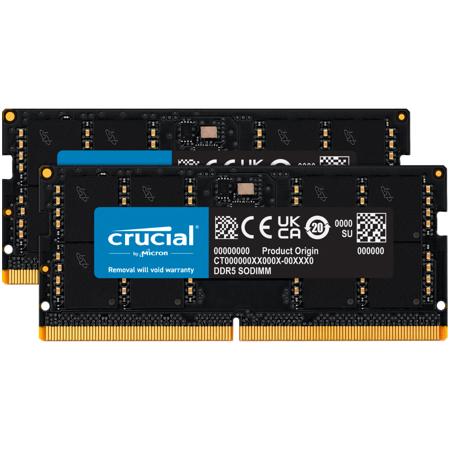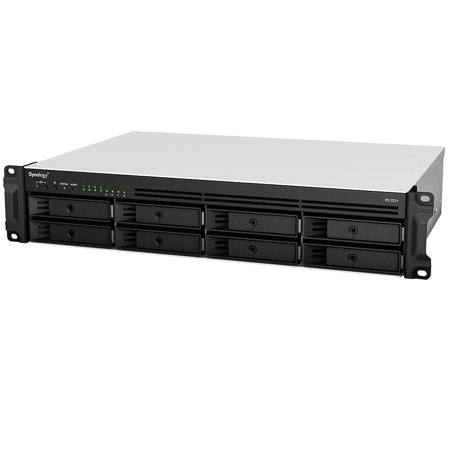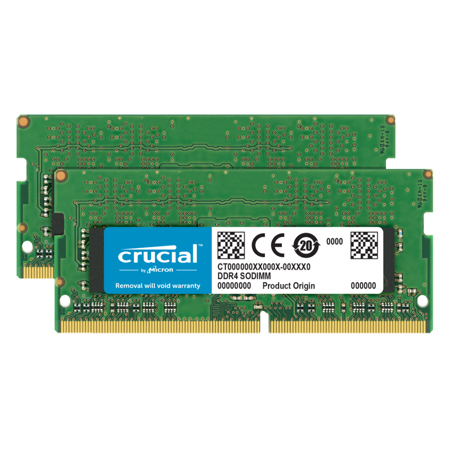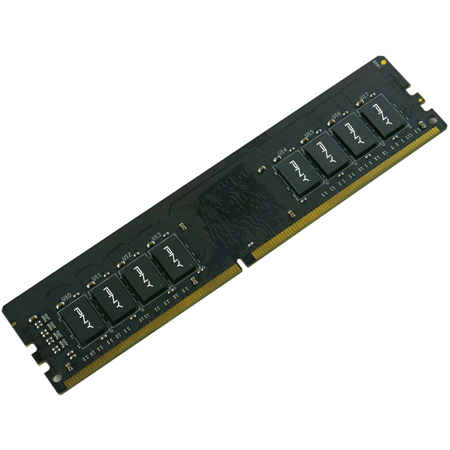Unbuffered Ecc Memory
In the realm of computing, where precision and reliability intersect with the demands of heavy-duty processing, unbuffered ECC (Error-Correcting Code) memory stands as a cornerstone for professionals and enthusiasts alike. This type of memory is particularly prized for its ability to detect and correct data corruption, which is paramount in environments where data integrity is critical. Think of financial data analysts working with large datasets, or digital artists rendering complex 3D animations—professions where even a minor error could result in significant setbacks or losses. Unbuffered ECC memory is engineered to provide a safeguard against such potential disruptions, making it an essential component in the arsenals of those whose work demands unimpeachable accuracy.
Spring, often a time of renewal and fresh starts, can also be an opportune moment to upgrade systems or build new setups that incorporate unbuffered ECC memory. As workflows grow increasingly complex and data-driven, upgrading to a system that includes this type of memory can be akin to reinforcing the foundation of a building before adding more floors. It’s about preparing for the future, ensuring stability, and optimizing performance. For instance, as we edge closer to the halfway mark of the year, many businesses evaluate their technological needs, making it a perfect season for system enhancements. This memory type isn't typically the flashiest gift, but for the right person—a dedicated IT professional, a software developer working from home, or a data science student—it’s a thoughtful and profoundly beneficial choice. It’s the kind of upgrade that says, "I recognize and support the complexity and importance of your work."
For those looking to delve deeper into specifics, exploring options like Ddr 4 Ecc Ram can provide insights into newer generations of ECC memory that offer improved speed and efficiency, suitable for both current and emerging computing demands. Whether updating an existing setup or constructing a new one, the choice of ECC memory should be guided by an understanding of the specific needs and work scenarios of the user. Considerations include compatibility with existing hardware, the type of applications typically run, and future needs that might arise as projects and technologies evolve. In this way, selecting the right ECC memory is not just a purchase but an investment in one’s professional capabilities and a step toward future-proofing one’s technological toolkit.
Spring, often a time of renewal and fresh starts, can also be an opportune moment to upgrade systems or build new setups that incorporate unbuffered ECC memory. As workflows grow increasingly complex and data-driven, upgrading to a system that includes this type of memory can be akin to reinforcing the foundation of a building before adding more floors. It’s about preparing for the future, ensuring stability, and optimizing performance. For instance, as we edge closer to the halfway mark of the year, many businesses evaluate their technological needs, making it a perfect season for system enhancements. This memory type isn't typically the flashiest gift, but for the right person—a dedicated IT professional, a software developer working from home, or a data science student—it’s a thoughtful and profoundly beneficial choice. It’s the kind of upgrade that says, "I recognize and support the complexity and importance of your work."
For those looking to delve deeper into specifics, exploring options like Ddr 4 Ecc Ram can provide insights into newer generations of ECC memory that offer improved speed and efficiency, suitable for both current and emerging computing demands. Whether updating an existing setup or constructing a new one, the choice of ECC memory should be guided by an understanding of the specific needs and work scenarios of the user. Considerations include compatibility with existing hardware, the type of applications typically run, and future needs that might arise as projects and technologies evolve. In this way, selecting the right ECC memory is not just a purchase but an investment in one’s professional capabilities and a step toward future-proofing one’s technological toolkit.
